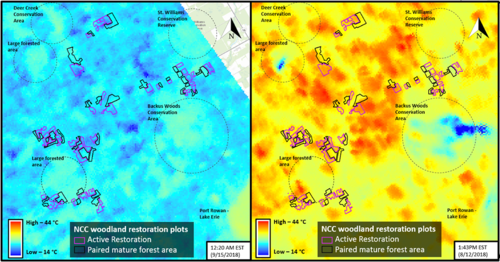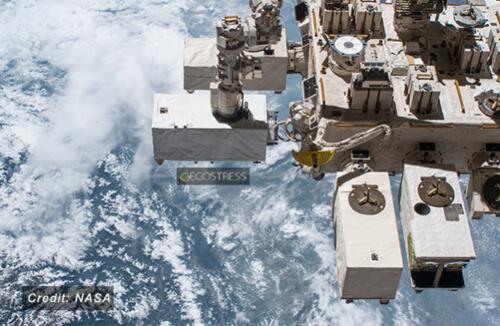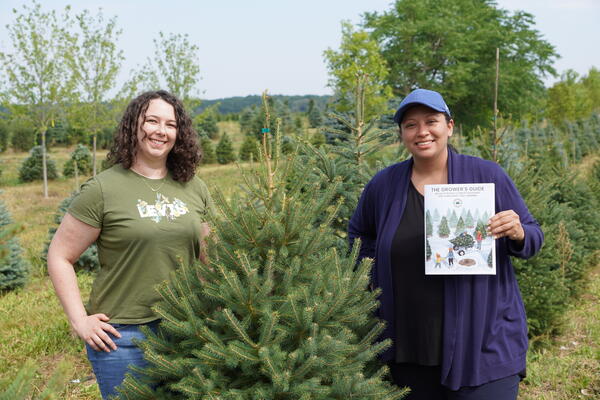
Planting native trees, greenery can cool off your backyard
Planting native species of trees, shrubs, flowers and grasses can cool the summer day-time temperature of an area by over 4 C in a decade.

Planting native species of trees, shrubs, flowers and grasses can cool the summer day-time temperature of an area by over 4 C in a decade.
By Media RelationsPlanting native species of trees, shrubs, flowers and grasses can cool the summer day-time temperature of an area by over 4 C in a decade.
University of Waterloo researchers used a new thermal camera on the International Space Station (ISS) called ECOSTRESS to gather images that show temperature decreases over time when biodiverse, native species are restored to areas of Southern Ontario.
“We found a decrease of 4.5 C in summer daytime temperatures over 12 years and we found that this change was dependent on biodiversity,” said Jonas Hamberg, PhD candidate at Waterloo’s School of Environment Resources and Sustainability and lead researcher on the study.

PHOTO: Day (R) and nighttime (L) image of Norfolk county, Ontario from ECOSTRESS camera on International Space Station.
Hamberg’s team is one of the first to work with the new ECOSTRESS technology which was attached to the ISS in 2019 via a SpaceX rocket and the Canadarm2 (the Canadian-made robotic arm).
“I’m honoured to have had access to this new technology,” said Hamberg. “It opens up so many avenues for exploration – not just in my field, but for the whole scientific community.”
“Jonas’ study utilizes ECOSTRESS surface temperature products to examine how different plant communities cool their surroundings and assess restoration outcomes,” said Dr. Christine Lee, applications lead for ECOSTRESS at NASA’s Jet Propulsion Laboratory. “ECOSTRESS is focused on advancing the understanding of terrestrial ecosystem response to changing environmental conditions, such as water availability, as well as how this data can be used for practical applications. We look forward to seeing continued research and work in these areas."

PHOTO: ECOSTRESS camera on the International Space Station
Hamberg hopes that his work will encourage thoughtful reforestation and restoration practices in Ontario and more broadly. He notes that given the recent heatwaves, people should be thinking about planting local, native species in their own outdoor spaces, and governments should consider doing the same when planting any new areas within their jurisdictions.
“I’ve advised local governments that restoring natural areas with diverse native plants and trees is a very effective way for us to adapt to a hotter summer climate on a local level," said Hamberg. "Native species are adapted to the local environment and can cool their surroundings better. For example, native tall-grass species have deeper roots and can pull up water to cool, much like a water-cooled AC, long after non-native lawn grasses have gone yellow and dry."
The Study, Surface temperature as an indicator of plant species diversity and restoration in oak woodland, was published in the journal Ecological Indicators in June, 2020.

Read more
Here are the people and events behind some of this year’s most compelling Waterloo stories

Read more
Waterloo researchers are helping to make a much-loved holiday tradition more sustainable all year round

Read more
Researchers awarded funding to investigate ecology, climate change, repatriation, health and well-being through cultural and historical lens
The University of Waterloo acknowledges that much of our work takes place on the traditional territory of the Neutral, Anishinaabeg, and Haudenosaunee peoples. Our main campus is situated on the Haldimand Tract, the land granted to the Six Nations that includes six miles on each side of the Grand River. Our active work toward reconciliation takes place across our campuses through research, learning, teaching, and community building, and is co-ordinated within the Office of Indigenous Relations.